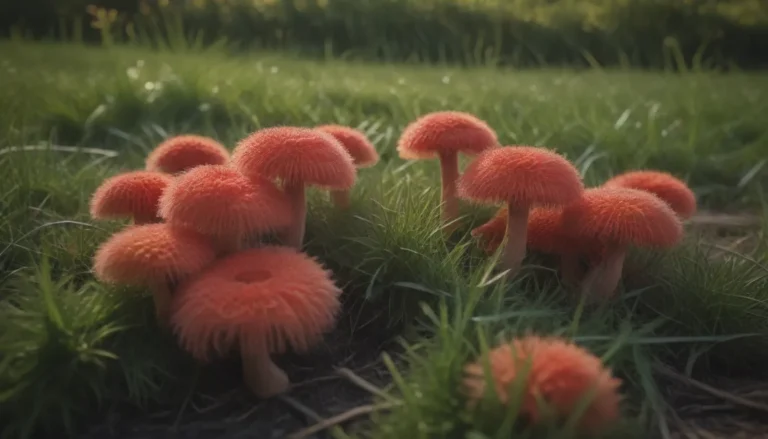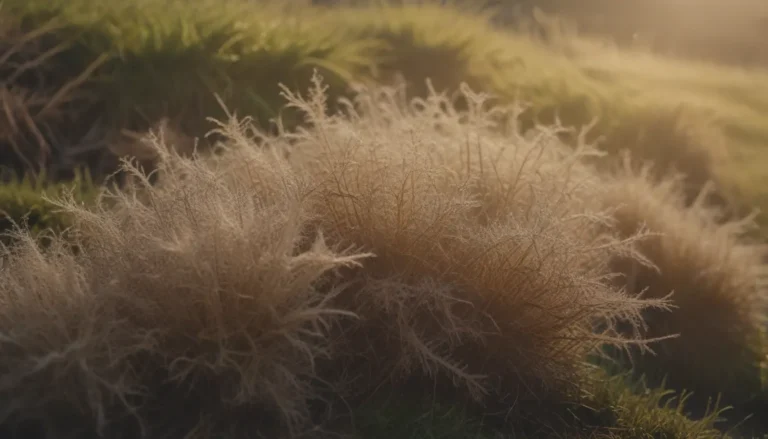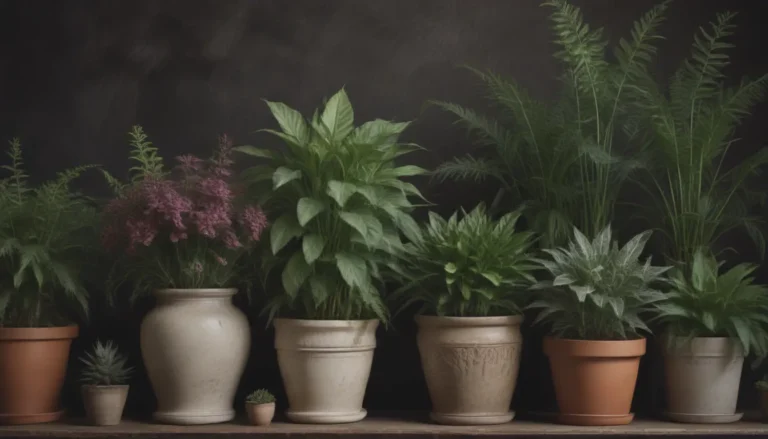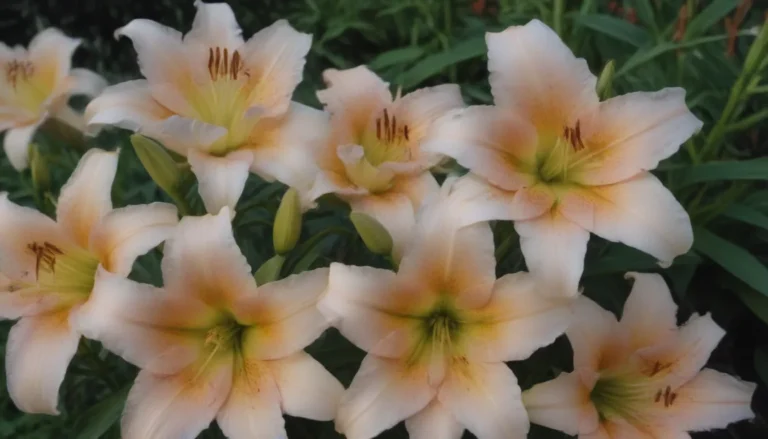Growing and Caring for Philodendron Xanadu: The Ultimate Guide
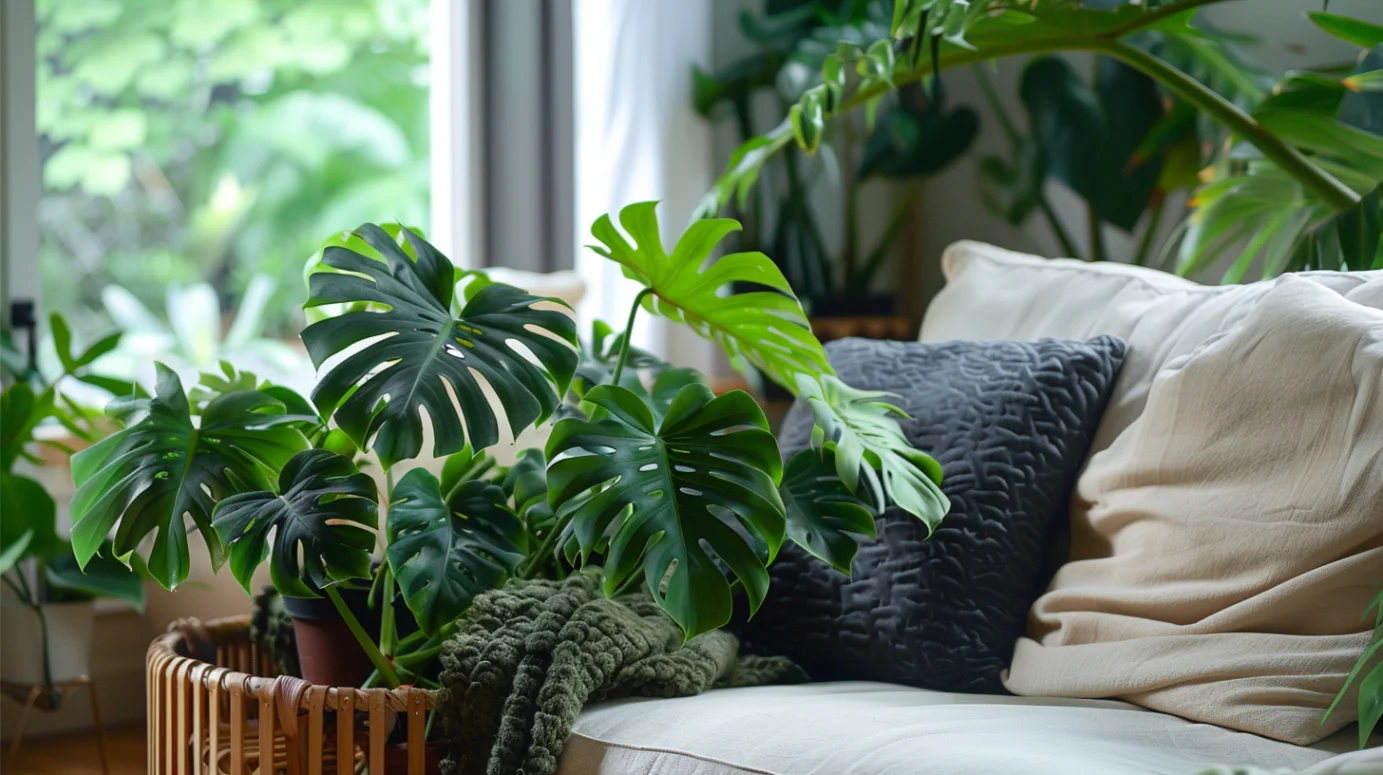
Certainly, I’d be happy to write a blog post about “Growing and Caring for Philodendron Xanadu” based on your requirements. I’ll create an SEO-friendly guide that’s informative, conversational, and well-structured using Markdown formatting.
Introduction
Are you looking to add a touch of tropical elegance to your indoor space? Look no further than the stunning Philodendron Xanadu! This beautiful, low-maintenance plant is perfect for both novice and experienced plant enthusiasts. In this comprehensive guide, we’ll explore everything you need to know about growing and caring for your Philodendron Xanadu, from its origins to troubleshooting common issues.
What is Philodendron Xanadu?
Philodendron Xanadu, also known as Thaumatophyllum Xanadu or simply Xanadu, is a compact, shrub-like plant native to Brazil. It’s part of the Araceae family and is loved for its lush, dark green foliage and unique growth habit. Unlike many climbing philodendrons, Xanadu grows in a neat, mounded shape, making it an excellent choice for both floor plants and large containers.
Key Features:
- Mature size: 3-4 feet tall and 4-5 feet wide
- Leaf shape: Deeply lobed, glossy green leaves
- Growth habit: Compact and bushy
- Light requirements: Moderate to bright indirect light
- Water needs: Moderate
The History and Origins of Philodendron Xanadu
Philodendron Xanadu has an interesting history. It was first discovered in the 1980s in Australia, believed to be a natural mutation of Philodendron bipinnatifidum (also known as the split-leaf philodendron). However, its exact origins remain somewhat mysterious, adding to its allure.
The plant quickly gained popularity due to its compact growth habit and attractive foliage. It was patented in the United States in 1988 under the name ‘Winterbourn’ and has since become a beloved houseplant worldwide.

Creating the Perfect Environment for Your Philodendron Xanadu
To help your Philodendron Xanadu thrive, it’s crucial to recreate its natural habitat as closely as possible. Let’s dive into the key factors that contribute to a happy and healthy Xanadu.
Light Requirements
Philodendron Xanadu prefers moderate to bright indirect light. In its natural habitat, it grows under the canopy of larger trees, receiving dappled sunlight. To replicate this in your home:
- Place your Xanadu near a north or east-facing window for ideal light exposure.
- If using a south or west-facing window, ensure the plant is protected from direct sunlight, which can scorch the leaves.
- In low light conditions, growth may slow, and the plant may become leggy.
Pro tip: If you notice your Xanadu’s leaves turning yellow or pale, it might be receiving too much direct sunlight. Move it to a slightly shadier spot and monitor its progress.
Temperature and Humidity
As a tropical plant, Philodendron Xanadu thrives in warm, humid environments. Here’s what you need to know:
- Ideal temperature range: 65°F to 80°F (18°C to 27°C)
- Minimum temperature: 55°F (13°C) – avoid exposing your plant to temperatures below this
- Humidity: Aim for 60% or higher
To increase humidity around your Xanadu:
- Use a pebble tray filled with water beneath the pot
- Group it with other plants to create a microclimate
- Use a humidifier in drier environments
- Mist the leaves regularly, especially during winter when indoor air tends to be drier
Soil and Potting
The right soil mix is crucial for your Philodendron Xanadu’s health. These plants prefer a well-draining, nutrient-rich potting mix. Here’s a recipe for the perfect Xanadu potting mix:
- 2 parts good-quality potting soil
- 1 part perlite or pumice
- 1 part orchid bark or coconut coir
This mix provides excellent drainage while retaining enough moisture for the plant’s needs. When potting your Xanadu:
- Choose a pot with drainage holes to prevent waterlogging
- Use a pot that’s 1-2 inches larger in diameter than the current one when repotting
- Repot every 2-3 years or when the plant becomes root-bound
Caring for Your Philodendron Xanadu
Now that we’ve covered the basics of creating the right environment, let’s dive into the day-to-day care of your Philodendron Xanadu.
Watering
Proper watering is key to keeping your Xanadu happy. These plants prefer consistently moist soil but are susceptible to root rot if overwatered. Follow these guidelines:
- Water when the top 1-2 inches of soil feel dry to the touch
- Ensure thorough watering, allowing excess water to drain from the pot
- Reduce watering frequency in winter when growth slows
- Use room temperature water to avoid shocking the plant’s roots
Remember: It’s better to underwater than overwater your Philodendron Xanadu. These plants are more tolerant of occasional drought than constant moisture.
Fertilizing
Philodendron Xanadu benefits from regular fertilization during the growing season (spring and summer). Here’s what you need to know:
- Use a balanced, water-soluble fertilizer (e.g., 10-10-10 or 20-20-20)
- Fertilize every 4-6 weeks during spring and summer
- Dilute the fertilizer to half the recommended strength to avoid burning the roots
- Stop fertilizing in fall and winter when growth slows
Pruning and Maintenance
While Philodendron Xanadu is generally low-maintenance, some regular grooming will keep it looking its best:
- Remove any yellow or brown leaves to maintain the plant’s appearance and health
- Trim older, larger leaves from the base to encourage new growth and maintain the plant’s compact shape
- Wipe the leaves gently with a damp cloth to remove dust and keep them looking glossy
- Check regularly for pests, especially on the undersides of leaves
Propagating Philodendron Xanadu
One of the joys of owning a Philodendron Xanadu is the ability to propagate it and share with friends or expand your collection. Here’s how to propagate your Xanadu:
Division Method
- Remove the plant from its pot during repotting
- Gently separate the root ball into smaller sections, ensuring each section has several healthy leaves and roots
- Pot each division in a separate container with fresh potting mix
- Water thoroughly and place in a warm, humid location with indirect light
- Treat the new plants as you would a mature Xanadu, but be extra careful with watering until new growth appears
Stem Cutting Method
- Select a healthy stem with at least two leaves and a node (the point where leaves emerge from the stem)
- Cut the stem just below a node using clean, sharp scissors
- Remove the lower leaves, leaving 1-2 at the top
- Place the cutting in a container with clean water, ensuring the node is submerged
- Change the water every few days and wait for roots to develop (usually 2-3 weeks)
- Once roots are 1-2 inches long, transfer the cutting to a pot with fresh potting mix
Troubleshooting Common Philodendron Xanadu Problems
Even with the best care, you might encounter some issues with your Philodendron Xanadu. Here are some common problems and how to address them:
Yellowing Leaves
- Cause: Overwatering, poor drainage, or nutrient deficiency
- Solution: Check soil moisture, improve drainage, and ensure proper fertilization
Brown Leaf Tips
- Cause: Low humidity or water quality issues (e.g., fluoride or chlorine in tap water)
- Solution: Increase humidity and use filtered or distilled water
Leggy Growth
- Cause: Insufficient light
- Solution: Move the plant to a brighter location with indirect light
Pest Infestations
Common pests include spider mites, mealybugs, and scale insects.
- Solution: Isolate the affected plant, remove visible pests, and treat with neem oil or insecticidal soap
Root Rot
- Cause: Overwatering or poor drainage
- Solution: Remove the plant from its pot, trim away rotted roots, and repot in fresh, well-draining soil
Frequently Asked Questions About Philodendron Xanadu
To wrap up our comprehensive guide, let’s address some common questions about Philodendron Xanadu:
Is Philodendron Xanadu toxic to pets?
Yes, like many philodendrons, Xanadu contains calcium oxalate crystals which can be toxic if ingested by pets or children. Keep it out of reach of curious pets and small children.
How fast does Philodendron Xanadu grow?
With proper care, Xanadu is a moderate grower, typically adding several new leaves each growing season.
Can Philodendron Xanadu be grown outdoors?
Yes, in USDA zones 9-11, Xanadu can be grown outdoors in partial shade. In colder climates, it can be moved outside during summer but should be brought indoors before temperatures drop below 55°F (13°C).
Why are my Xanadu’s leaves not splitting?
Young Xanadu plants often have solid leaves. As the plant matures and receives adequate light, new leaves will develop the characteristic lobed shape.
How do I clean my Philodendron Xanadu’s leaves?
Gently wipe the leaves with a soft, damp cloth. For stubborn dirt, use a mild solution of water and gentle soap, then rinse thoroughly.
Conclusion
Congratulations! You’re now equipped with all the knowledge you need to grow and care for a thriving Philodendron Xanadu. With its stunning foliage and relatively low-maintenance nature, this tropical beauty is sure to become a standout in your indoor garden.
Remember, the key to success with Xanadu lies in providing the right balance of light, water, and humidity. Pay attention to your plant’s needs, and don’t be afraid to adjust your care routine as necessary. With a little patience and the tips provided in this guide, you’ll be rewarded with a lush, vibrant Philodendron Xanadu that brings a touch of the tropics to your home.
Happy growing!
